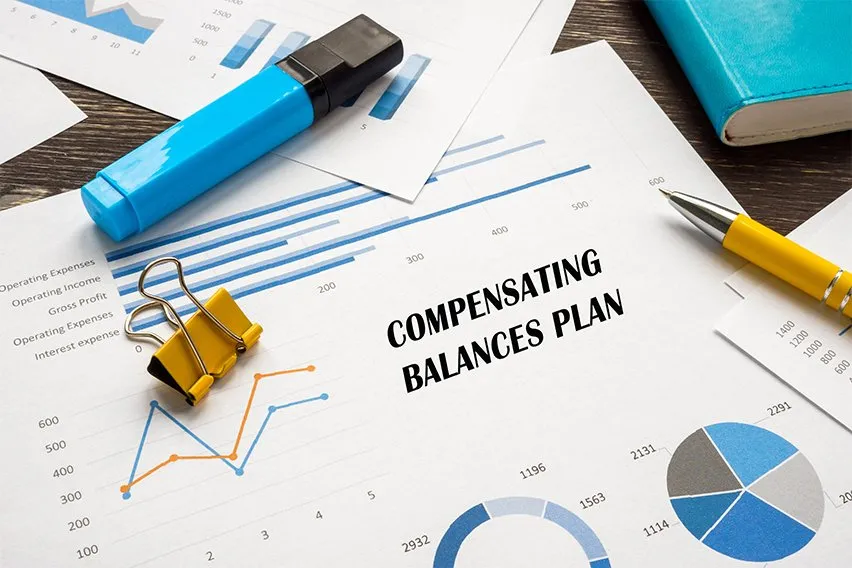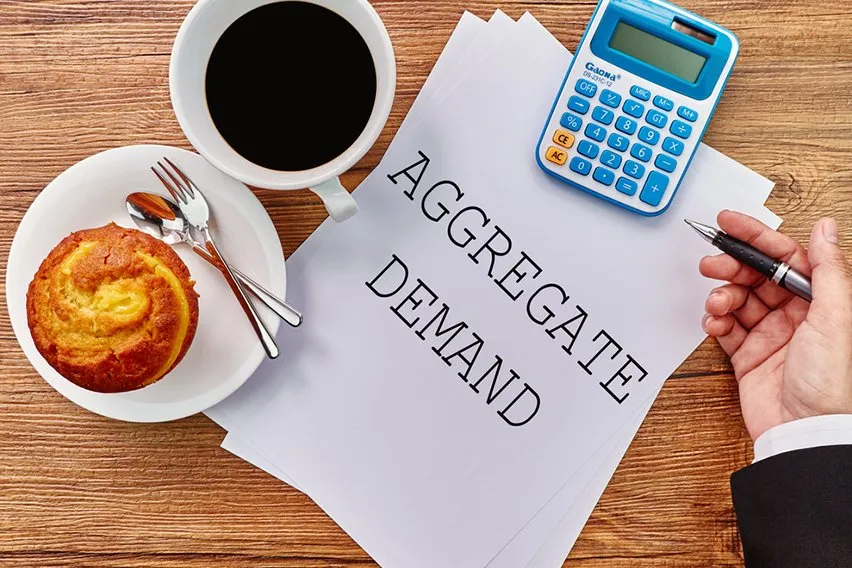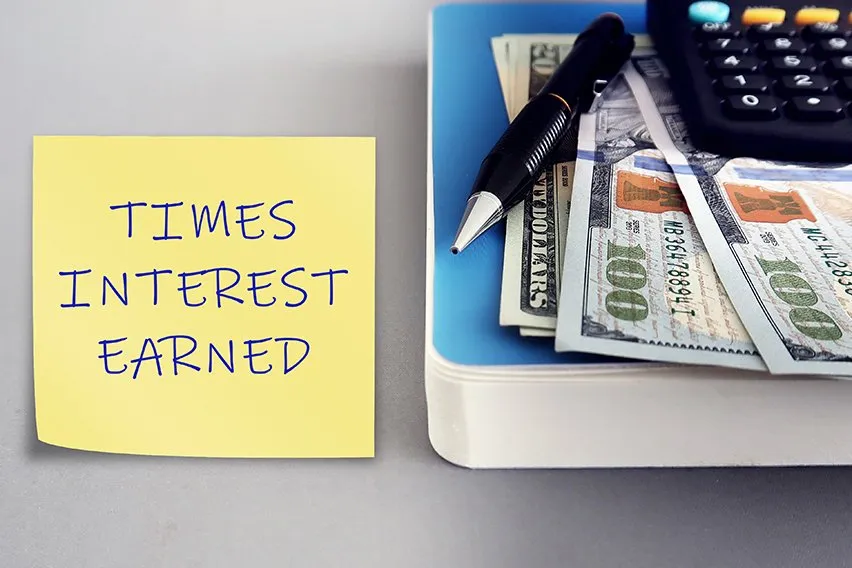What Is Compensating Balance? Definition & Example

Have you ever taken out an instalment loan before or tried to qualify for a line of credit? Or are you just now looking into what some of your options are and came across a few terms you aren’t familiar with? There can be any number of reasons for you to take out a loan or get a line of credit.
Sometimes it’s for personal reasons, and sometimes it’s for business. But, there are some certain things that lenders do just in case anything happens. This is to help protect themselves and limit the risks associated with the cost of lending.
So, what is a compensating balance? Let’s take a closer look at everything that you need to know.
Here’s What We’ll Cover:
What Is Compensating Balance?
If you want to take out a loan or qualify for a line of credit, there are obligations for you to meet. A compensating balance is a certain balance that you need to keep to qualify for instalment loans or a line of credit. Basically, it’s a balance agreement that acts as collateral for the lender which helps avoid insufficient balances.
But why do lenders do this? Because there are always risks involved in lending money. A compensating balance allows lenders to limit that risk and receive collateral in case something happens. The borrower ends up receiving a reduced amount from the lender, but the lender still receives interest on the full amount of the loan.

Let’s take a look at a quick example.
Your business is looking to take out a line of credit for the amount of $50,000. The bank instead offers you a line of credit for $60,000, which includes a $10,000 compensating balance. And this is done on the average balance arrangement.
But what if you don’t end up using or accessing your line of credit at all? You would still pay interest each month on your compensating balance of $10,000. But, if you do use your line of credit, you then pay interest on whatever amount you borrow, plus the compensating balance.
It works the same way if you wanted to take out an instalment loan for the same amount. You would end up paying interest on a $60,000 loan to receive the $50,000 you originally needed.
Do You Have to Agree to a Compensating Balance?
A lot of times as a borrower you’re not going to have a choice. Just like your individual credit, you also need to build up a solid credit history with your business. Having a poor credit rating can lead to a lending cost that isn’t ideal. But in some instances, you might even decide to agree to a compensating balance on your own.
This is because even though you still need to pay interest on your compensating balance, it might be a lower interest rate. So it could end up being worthwhile for you to do so. Just make sure that you fully read and understand your contract agreement before signing.

Key Takeaways
There are two main ways to calculate a compensating balance. An average balance arrangement is usually used for lines of credit. A minimum fixed balance arrangement tends to be more common for things like instalment loans.
To keep things simple, a compensating balance acts as collateral for lenders and helps to compensate for any risks. This allows them to pay out a lower amount, but still receive the full amount of interest on the loan or line of credit. Be sure to check with your bank or lender to see what their compensating balance arrangements are.
This can help you better understand things like loan balance, any administrative costs and the overall cost of borrowing. You won’t get hit with any sudden surprises or fees you weren’t expecting. Plus, you can receive cash balances that fit with what you need, all while staying within the accounting rules.
Did you enjoy reading this guide? Head over to our resource hub for more great content!
RELATED ARTICLES

 What Is an Oligopoly? Definition, Characteristics & Examples
What Is an Oligopoly? Definition, Characteristics & Examples What Is Demand-Pull Inflation? Definition & Examples
What Is Demand-Pull Inflation? Definition & Examples Cost Pull Inflation: Definition, Examples & Causes
Cost Pull Inflation: Definition, Examples & Causes What Is Aggregate Demand: Definition, Formula & Components
What Is Aggregate Demand: Definition, Formula & Components What Is Consignment Stock or Inventory & How Does It Work?
What Is Consignment Stock or Inventory & How Does It Work? What Is Times Interest Earned Ratio & How to Calculate It?
What Is Times Interest Earned Ratio & How to Calculate It?